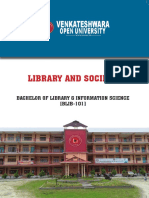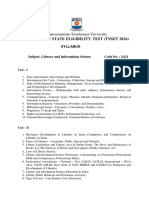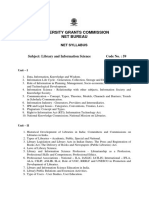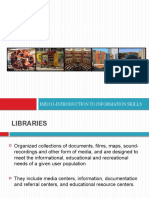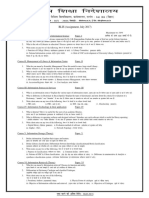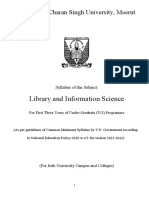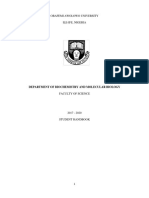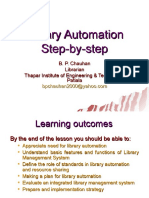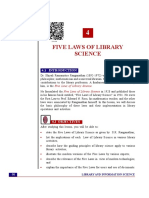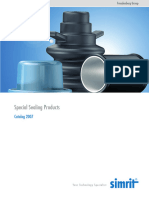0% found this document useful (0 votes)
16 views4 pagesM1L1 - Library and Its Purposes
The document outlines the definition, purposes, and functions of libraries, highlighting their roles in education, information dissemination, culture, and recreation. It categorizes libraries into academic, public, special, and national types, detailing their unique characteristics and user groups. Additionally, it discusses the Five Laws of Library Science, the roles of library staff, and the various services provided, emphasizing the impact of technology on library operations.
Uploaded by
e.thermoworldofficialCopyright
© © All Rights Reserved
We take content rights seriously. If you suspect this is your content, claim it here.
Available Formats
Download as PDF, TXT or read online on Scribd
0% found this document useful (0 votes)
16 views4 pagesM1L1 - Library and Its Purposes
The document outlines the definition, purposes, and functions of libraries, highlighting their roles in education, information dissemination, culture, and recreation. It categorizes libraries into academic, public, special, and national types, detailing their unique characteristics and user groups. Additionally, it discusses the Five Laws of Library Science, the roles of library staff, and the various services provided, emphasizing the impact of technology on library operations.
Uploaded by
e.thermoworldofficialCopyright
© © All Rights Reserved
We take content rights seriously. If you suspect this is your content, claim it here.
Available Formats
Download as PDF, TXT or read online on Scribd
/ 4








